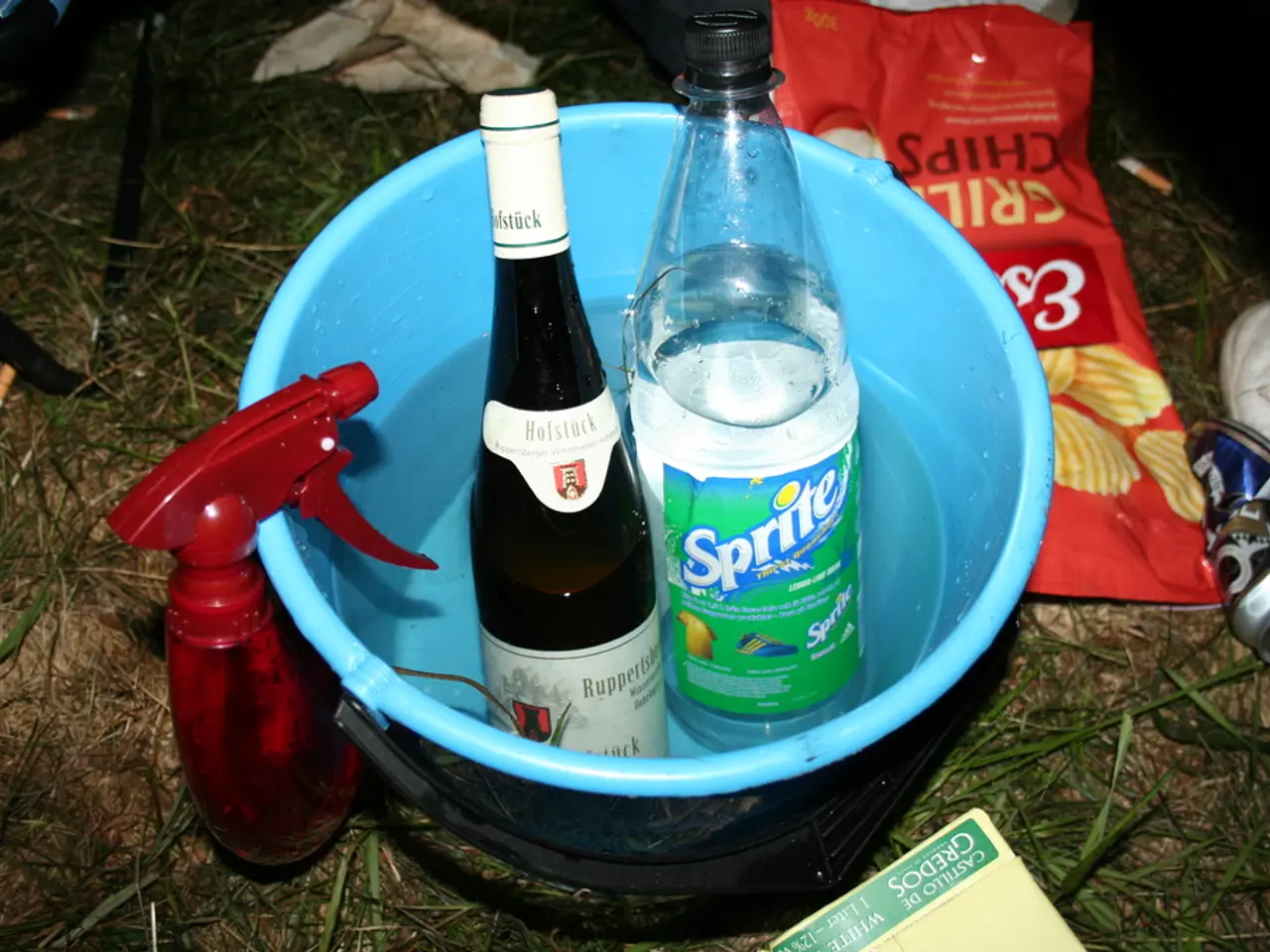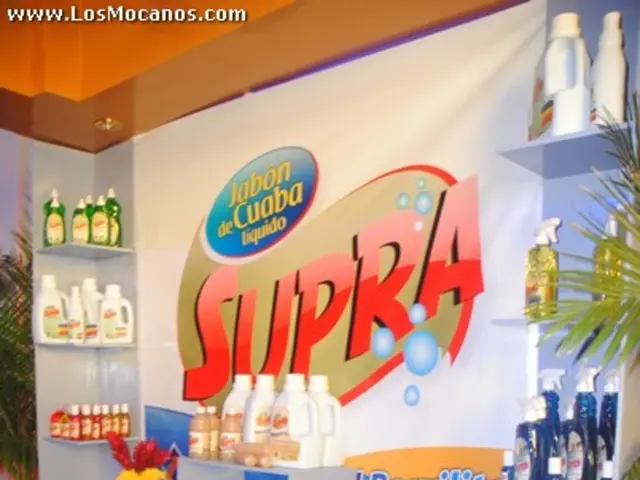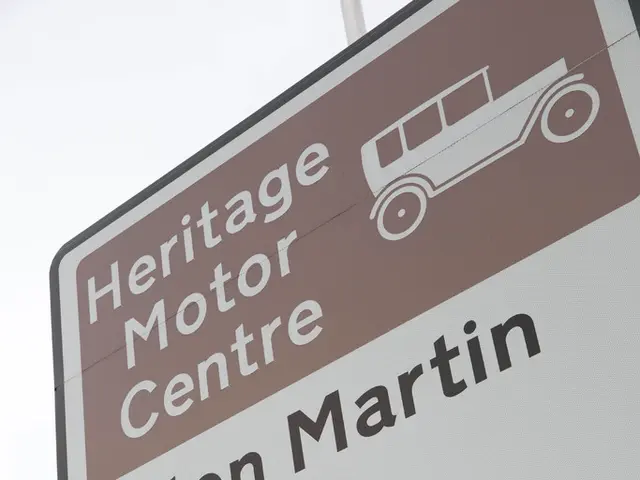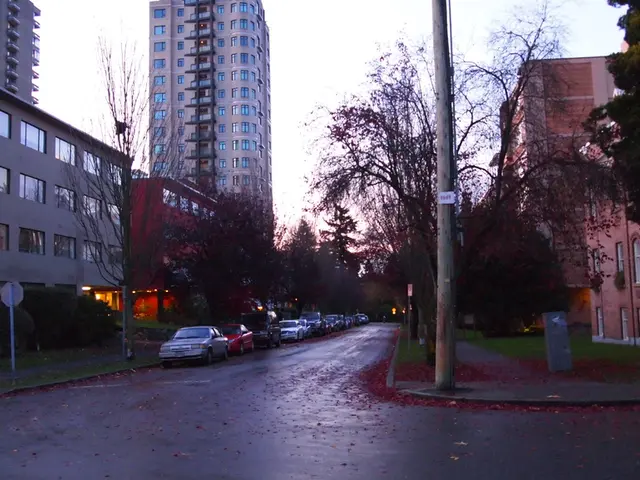Techniques for Securely Stowing Liquids and Semi-Solid Substances During Extended Air Travel
Traveling internationally can be an exciting adventure, but it's essential to be aware of the regulations regarding the transportation of liquids, especially when flying. The Transportation Security Administration (TSA) in the United States enforces a rule known as the 3-1-1 rule, which outlines the maximum size and quantity of liquids that can be carried in carry-on luggage.
The 3-1-1 rule states that:
- Each liquid container should not exceed 3.4 ounces (100 milliliters). - All containers must fit into a single quart-sized clear, resealable plastic bag. - Each passenger is allowed only one quart-sized bag.
Liquids include gels, aerosols, creams, pastes, and lotions. However, there are important exemptions for medications, baby care items, and duty-free purchases. These may require declaration and additional screening.
When traveling with baby formula or breast milk, excess quantities are acceptable, provided the traveler can demonstrate the reason for the excess. For medical needs, it is advisable to inform airline staff before security screening.
To save space and circumvent restrictions, travelers can opt for solid alternatives like solid deodorants, shampoo bars, and lotion bars. A travel-sized organizer can help streamline access to items by categorizing them by type, such as skincare versus haircare.
When packing, choose bottles made of durable, lightweight materials like PET or HDPE, with a maximum capacity of 3.4 ounces (100 milliliters). Utilize quart-sized, transparent, re-sealable bags to comply with aviation regulations regarding fluid transport. For extra protection against leaks, consider using small, padded pouches.
In 2025, enforcement of the 3-1-1 rule will be zero tolerance—even slightly oversized containers will be confiscated at security checkpoints. Water bottles must be completely empty when going through security, with no liquid residues allowed.
For international travel, many countries have similar restrictions, but exact rules may differ. It is crucial to check the regulations of your destination and any layover countries to avoid surprises. Airlines' policies may also differ, sometimes depending on the class of service. Always check your airline's official website before packing.
Some airports, such as those in the UK, are beginning to use advanced CT scanners that allow travelers to keep liquids and electronics in their bags, and some airports may loosen the 100 ml container limit. However, this is not yet universal.
To ease passing through airport security, keep liquids and electronics organized and accessible in your carry-on. Wrapping each bottle in a high-density bubble wrap, ensuring a minimum of 1 inch of padding, can protect them from breakage during transit.
In summary, the 3-1-1 rule remains the standard for liquids in carry-on luggage, with strict zero-tolerance enforcement in 2025. International travelers should verify local rules and airline policies in advance to ensure compliance. Transparent containers are recommended for security checks as they allow for quick inspection, saving time and minimizing hassles.
In the realm of home-and-garden lifestyle, solid alternatives are becoming popular for traveling, such as solid deodorants, shampoo bars, and lotion bars, to circumvent restrictions on liquids. When exploring new cultures through travel, it's essential to be aware of each country's regulations regarding the transportation of liquids, including the 3-1-1 rule for international flights, as similar rules may exist in home-and-garden settings.





